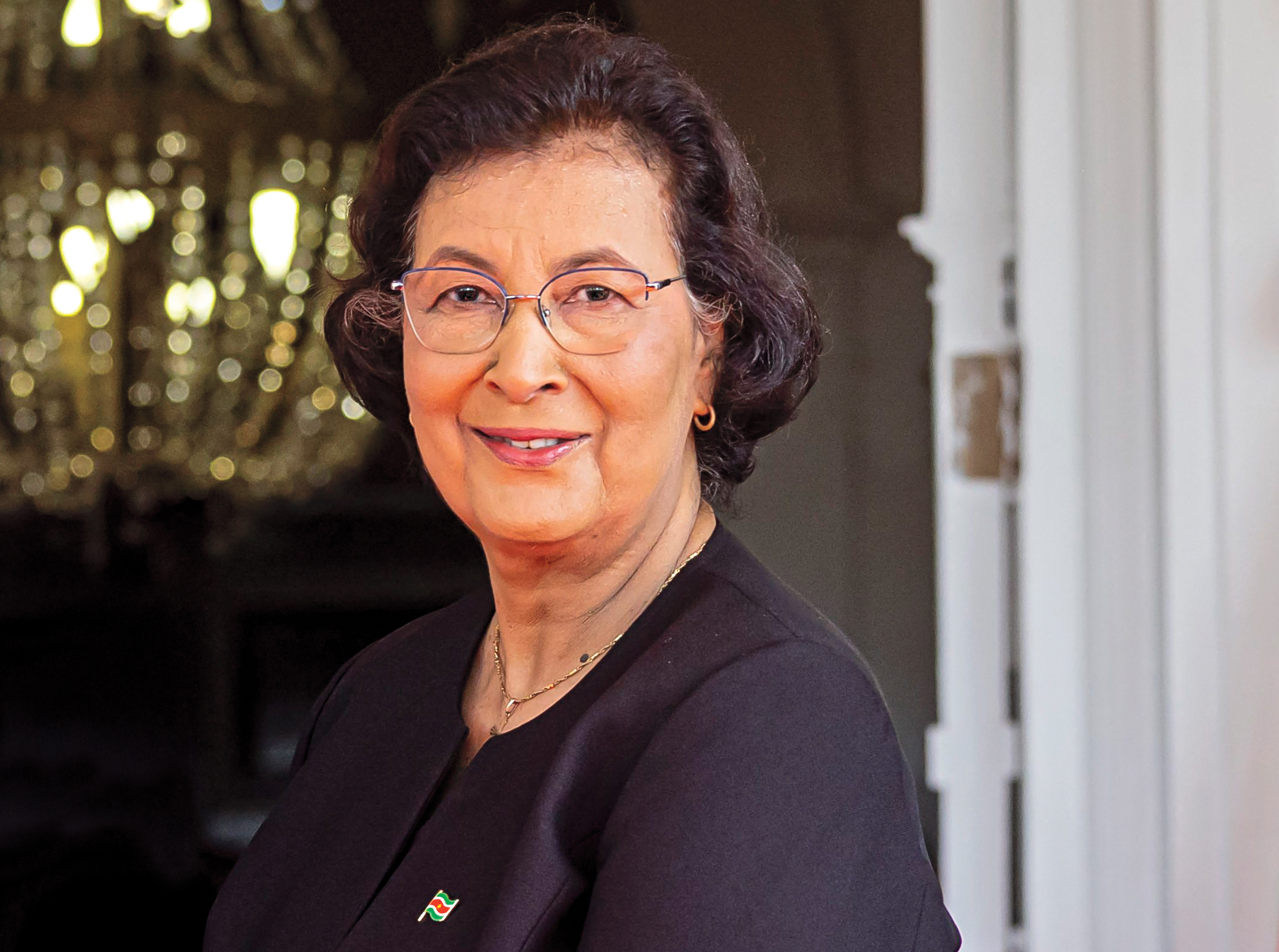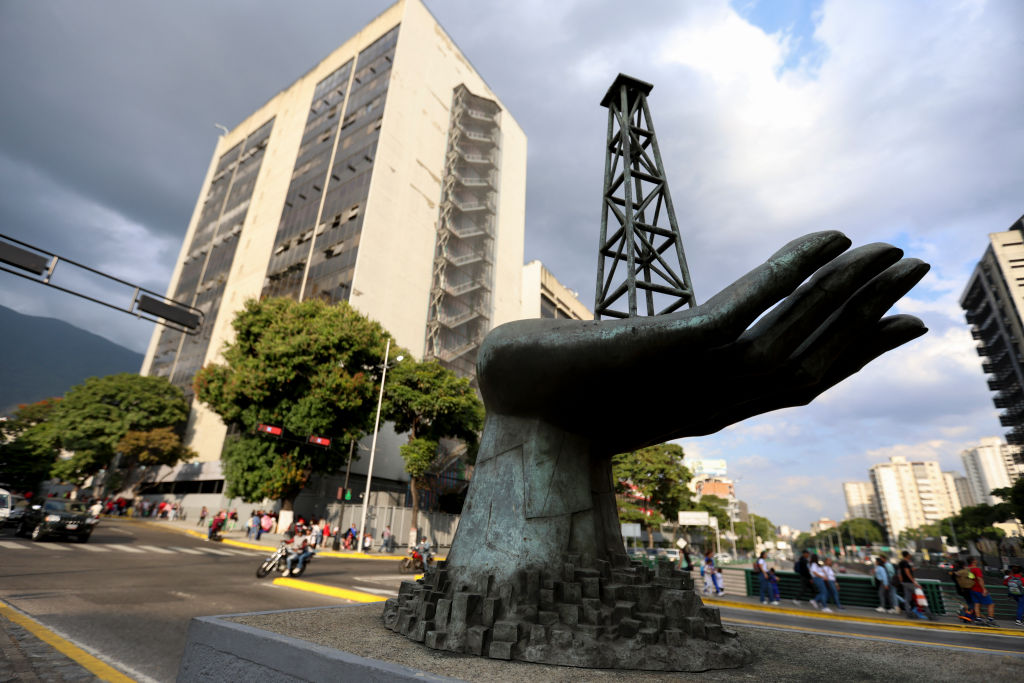Losing Ground to Oil, Brazilian Ethanol Struggles to Compete
Losing Ground to Oil, Brazilian Ethanol Struggles to Compete
With Brazil poised to become one of the world’s top petroleum producers, a sugar-production slump and rising biofuel prices have left its ethanol industry is in an uphill battle against corn-based imports and an ever-growing gas sector.
It’s a bittersweet moment for Brazil’s energy industry. With a steady stream of petroleum discoveries promising to make Brazil one of the world’s largest oil producers, the country is turning more to oil and gas as biofuels begin to languish. Brazil, one of the world’s ethanol-producing pioneers, began making the sugar-based fuel during the energy crisis of the 1970s as a cheaper alternative to gas. The country continued investing in the sector over the next three decades, making Brazil the number two ethanol producer in the world. Moreover, in 2003 Brazil introduced flex-fuel vehicles, which run on a blend of gasoline and ethanol, giving ethanol producers even more opportunities at the pump. But the tides have changed. Though a booming economy and growing middle class have pushed demand for cars to an all-time high, ethanol production is at a low. The government is heavily invested in developing the oil market after major petroleum finds and a 45 percent increase in oil production from 2002 to 2011. Last year, Brazil produced the largest amount of hydrocarbons in its history, with 768 million barrels of oil and 24 billion cubic meters of natural gas.
Because of falling production and rising demand, 2011 was a rough year for ethanol producers. Brazil’s sugar harvest suffered due to frosts, aging plantations with lower output, and lack of investment. Sugar cane production fell 16.5 percent from 2010 to 2011, and as of early December, ethanol production fell 17.7 percent over the same period. With limited reserves, ethanol exports fell precipitously to 517 million gallons—a 54.7 percent drop from 2010. Ethanol demand surpassed supply by almost 25 percent, and Brazil actually began importing ethanol at record levels. The country bought 301 million gallons of ethanol, 96.7 percent of which came from the United States, the world’s biggest producer of the biofuel. With only 19 million gallons of ethanol imported from the United States in 2010, this meant a 1,428 percent increase in 2011.
Production struggles created many challenges, including higher prices and lower sales. At gas stations, the price of hydrated ethanol skyrocketed, increasing 40 percent in 2011. Anhydrous ethanol, which is mixed with gasoline in flex fuel, tripled in price during the same period. From April 2010 to February 2011, hydrated ethanol sales at gas stations fell 31.6 percent over the same period the previous year. Facing supply woes, the government reduced the percentage of ethanol content in flex gasoline from 25 to 20 percent beginning in October 2011. It no longer became economical to buy ethanol instead of gas. Ticket, which performs consumer research, found it was only cost-effective to buy ethanol over gasoline in one out of 26 Brazilian states in February, and found that in most states the trend remained the same throughout 2011.
Because of the falling use of ethanol, fossil fuel consumption is creeping up, from 80 percent of total fuel consumption in 2010 to 83 percent last year. It’s expected to rise to 85 percent in 2012. Though Brazil is self-sufficient in terms of oil production, it lacks refineries; the newest one was built in 1980. With rising demand and insufficient industrial capacity for oil derivatives, gasoline imports tripled in the last two years. In 2011 alone, Brazil imported 45,000 barrels of gasoline and 150,000 barrels of diesel a day, amounting to a $10 billion trade loss.
Tariffs also played a role in Brazil’s frustrated efforts to expand its ethanol sector. For years, a tariff prevented Brazilian producers from fully exploiting the American market, but the U.S. Congress decided to end the 54 cent-per-gallon ethanol tax effective December 31, 2011. However, given Brazil’s production crunch, the move came late. In the meantime, American producers were at an advantage. Beginning in April 2010, the Brazilian government decided to eliminate a 20 percent tariff on ethanol imports, effective until the end of 2011. The tariff was extended in December. But Brazil decided to offer more protection to local producers. Now, U.S. producers are protesting an impending 25 percent tariff—which was temporarily deferred and will now go back into effect—on ethanol imports in São Paulo state. The state’s port of Santos is the hub for over 90 percent of ethanol imports in Brazil, meaning U.S. producers would lose out when the tariff is reinstated in March.
Recognizing the need to bolster ethanol production to keep up with demand, the Brazilian government pledged support for the industry, passing a new regulatory framework in September in a bid to foment more investments in the ethanol sector. In January, the Brazilian Development Bank (BNDES) offered a $2.3 billion credit line over the next 12 months to reinvigorate the ethanol industry and plant new sugar cane crops. But this week, BNDES also approved a $2.3 billion program to provide loans to local oil suppliers to further boost gas production levels. With oil and gas in the limelight, insiders say more capital and political will are needed to bolster the ethanol industry. Paulo Costa, a Brazilian agribusiness and bioenergy expert, wrote on his blog: “The sugar-alcohol energy sector urgently needs an injection of morale. The euphoria from 2006 and 2007 was overblown…we seriously need investment, especially in the agricultural sector, to eliminate the idle industrial capacity that persists in holding back development.”
Learn more:
- Read about AS/COA’s Energy Action Group, including the Group’s analysis of Brazil’s energy sector.
- Read an AS/COA Online News Analysis about energy relations in Brazil and Latin America.
- Read an article about Brazil’s recent ethanol struggles in a comprehensive report from Reuters.
- Watch a January 2012 news program about new investments in Brazil’s ethanol sector.
- Learn more about Brazil’s new ethanol regulatory framework, in effect from September 2011.
- Review data on ethanol production and prices over the past four years from Ambiente Energia.








